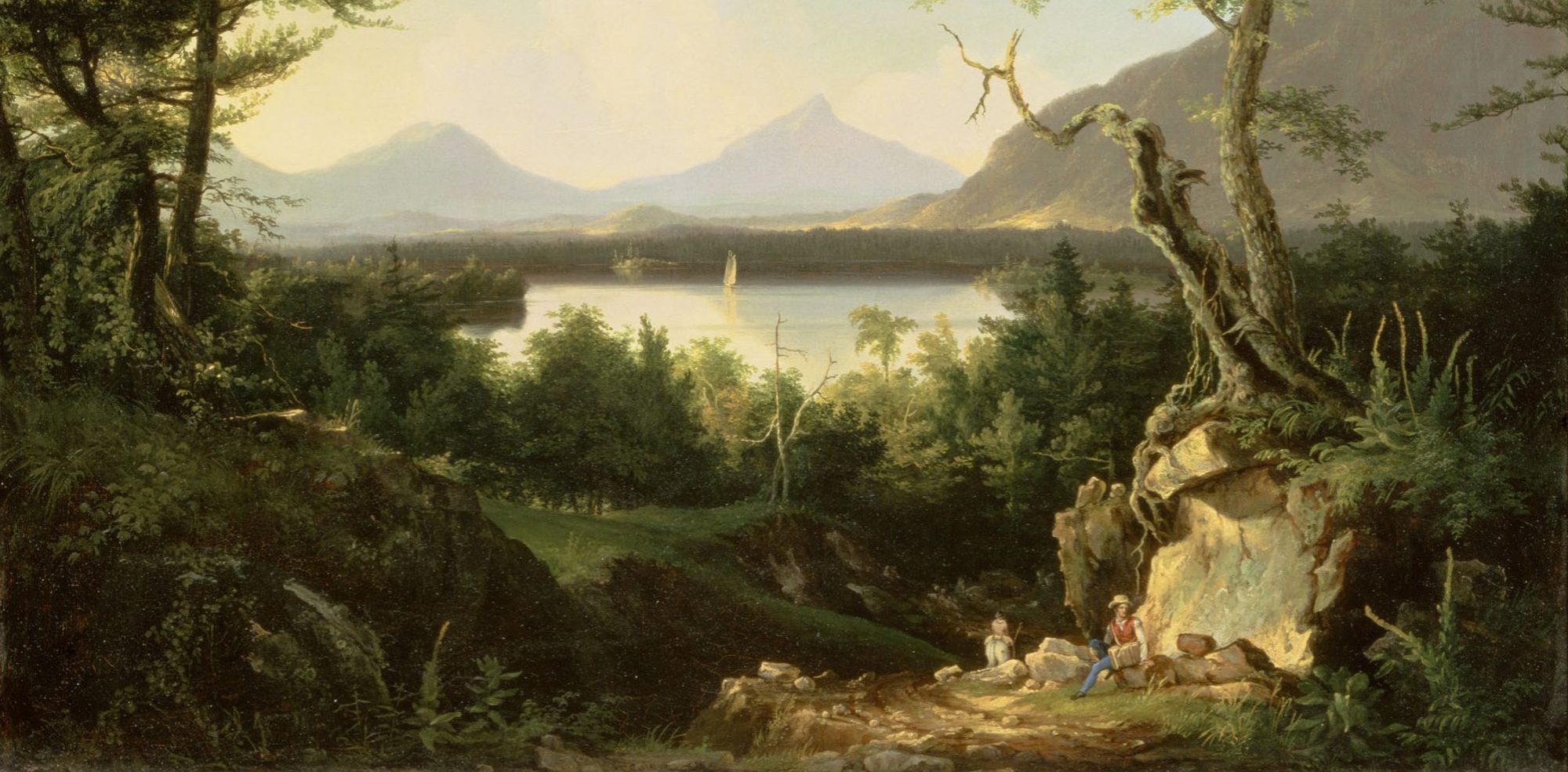Man’s belief in survival of life after death is one of the oldest expressions of religiosity, firmly embedded in the very foundations of organised religion. Right from the prehistoric times humans have been keenly interested in what happens to the soul after the demise of the physical body, as evidenced by the earliest funerary rites. Spirits of the dead had to be honoured, revered and placated through prayers and offerings; millennia later, that is still the case in many cultures around the world. If the souls of the departed do somehow survive, is it then possible to actually communicate with them?

Lisa Morton’s book Calling the Spirits: A History of Seances is a popularly written account of one strand of such attempts, namely by means of mediums in spiritualist seances. The subtitle may instantly make you think of the seances of the Victorian era, but the book starts long before the 19th century. The author begins with the necromancers of ancient Egypt and continues with an exploration of the same phenomenon in classical Greece, Rome and beyond, continuing with the Christian mages of mediaeval and early modern Europe. The source material is, of course, plentiful, and while much has been overlooked or too condensed, the author does a good job at presenting a digest version of it in the first few chapters, with lots of references for further study.
It is in chapter 4 that we get to the specific subject – the seance in the form we can recognise today. After a brief look into mesmerism and its precursors, Morton delves into a much more detailed treatment of the (in)famous Fox sisters of Hydesville, New York, and the retelling of the fateful events of 1848 that turned the humble Fox family home into the birthplace of Spiritualism as a full-fledged modern religion. If you’ve never heard of the Fox sisters, have a look at the additional resources provided at the end of this post.

The whole second half of the book is dedicated to the rapid appearance and explosive growth of spiritualist groups and churches towards the end of the 19th and the first half of the 20th century, including the honourable mention of their involvement in – and influence on – various progressive social movements of the day, such as first-wave feminism and abolitionism. This has by now become a lesser known aspect of Victorian and Edwardian spiritualism, at least one that is hardly ever given much notice in contemporary uses of a mediumistic seance as a familiar horror trope: sensationalised, caricatured, and typically presented entirely out of context.
Although the author feels sympathetic at times, this book is most certainly not a piece of spiritualist apologetic propaganda. Far from it, Morton’s writing comes through as that of a critic and a debunker. A big part of the final chapters is about exposing boldly elaborate tricks and hoaxes performed by some of the most prominent mediums. Her portrayal of the heroes and heroines of modern Spiritualism is less than flattering, and true believing Spiritualists will probably find all the juicy and embarrassing bits rather unpleasant to read. However, there are also mentions of the followers and exponents of Spiritualism whose faith was undeniably genuine, and for whom Spiritualism was an escape from the constrictions, excesses and injustices of the established churches; not to mention the sense of relief and comfort they would receive from spiritualist teachings and practices.
Regardless of where you stand on the subject of mediums, spirit communication, and the belief in the spirit world, Calling the Spirits: A History of Seances is an excellent introduction to this subject, well researched and skillfully written. Lisa Morton has also written a critically acclaimed history of Halloween, as well as a book titled Ghosts: A Haunted History, all of which I can heartily recommend.
ADDITIONAL RESOURCES
Silencing the Dead: The Decline of Spiritualism
The Fox Sisters and the Rap on Spiritualism

